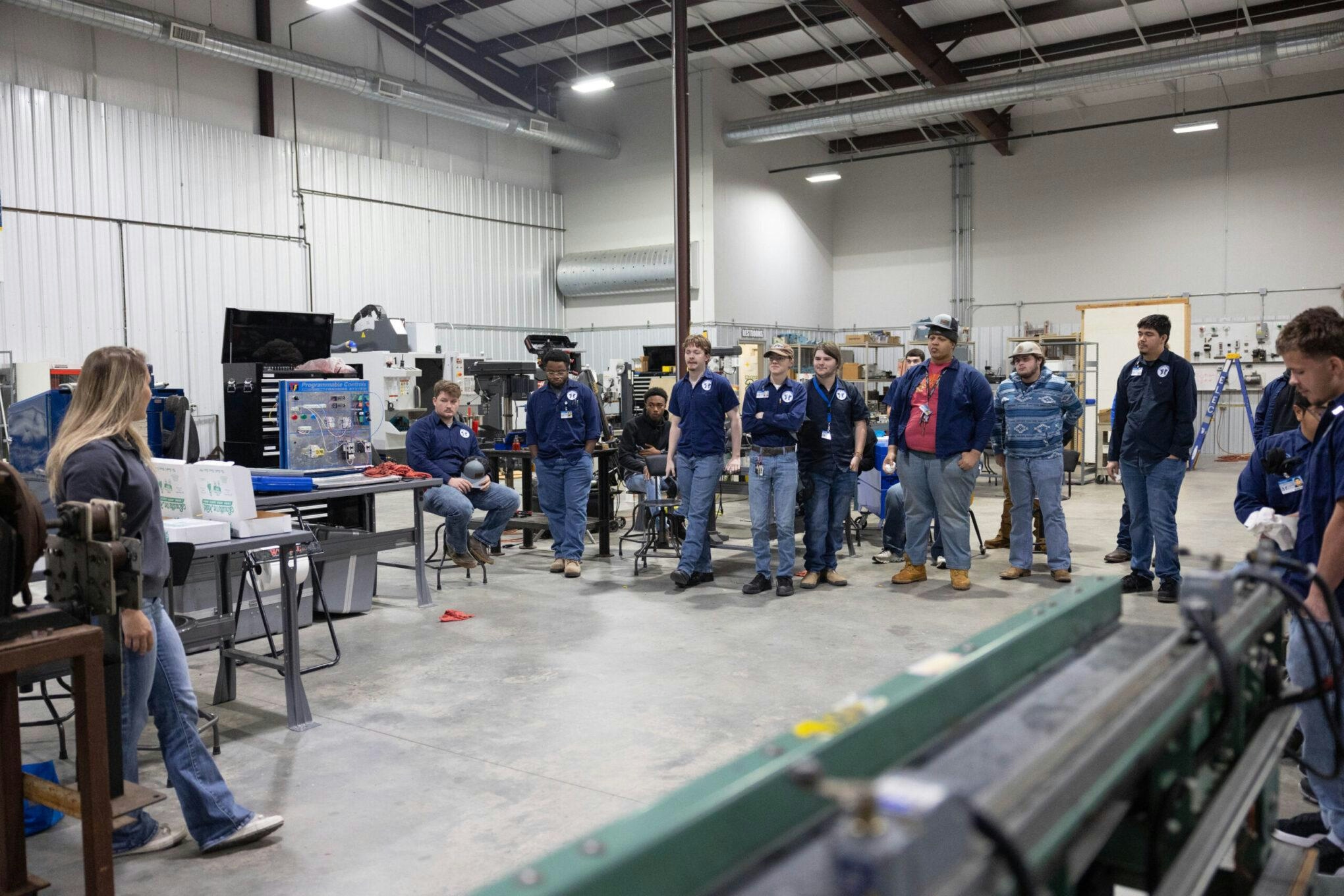
AeroGenie — ваш интеллектуальный второй пилот.
В тренде
Categories
How Does the MD-11 Differ from the DC-10?

How Does the MD-11 Differ from the DC-10?
When McDonnell Douglas introduced the MD-11 in 1990, it was positioned as the natural successor to the DC-10—a modernized and more efficient iteration of the iconic tri-jet that had shaped long-haul air travel since the 1970s. At first glance, the two aircraft share many visual similarities, including three engines, a high T-tail, and a widebody fuselage. However, the MD-11 represents a comprehensive redesign that expanded the capabilities of a three-engine aircraft during a period increasingly dominated by twin-engine jets.
Evolution from the DC-10 to the MD-11
The DC-10 first took to the skies in 1970 as McDonnell Douglas’s response to the Boeing 747 and Lockheed L-1011 TriStar. It quickly became a staple for major airlines such as American Airlines, United, KLM, and Finnair, prized for its versatility on long-haul routes. By the late 1980s, advances in twin-engine aircraft efficiency and range prompted McDonnell Douglas to update its tri-jet design rather than develop a new twin-engine model from scratch.
The MD-11 emerged as a stretched and re-engineered derivative, designed to carry more passengers and cargo over longer distances while reducing fuel consumption and crew costs. Its fuselage was lengthened by approximately 18 feet (5.5 meters), increasing capacity to up to 410 passengers in high-density configurations or around 285 in a typical three-class layout. The MD-11 also introduced a state-of-the-art avionics suite, featuring a digital “glass” cockpit and computer-assisted flight controls, which replaced the DC-10’s analogue instruments and three-person crew with a more efficient two-pilot operation.
Design, Performance, and Market Impact
Although the MD-11 retained the fundamental architecture of the DC-10, its aerodynamics were extensively refined. Engineers redesigned the wing trailing edges, incorporated raked wingtips, reduced the size of the tailplane, and implemented advanced flight control systems. The MD-11’s engines were quieter and more fuel-efficient, contributing to lower operating costs and improved environmental performance.
A key distinction between the two aircraft lies in their operational focus. The DC-10 was designed for both passenger and cargo use, resulting in a broader production run and widespread adoption. In contrast, the MD-11, with only 200 units built, became increasingly tailored for cargo operations as airlines shifted toward more efficient twin-engine jets for passenger service. Its final orders, placed by FedEx and Lufthansa Cargo in 1998, underscored its niche role in the global cargo market.
Market reception of the MD-11 was influenced by its specialized capabilities and timing. While it offered significant advancements over the DC-10, the rapid evolution of cargo aircraft technology and the rise of long-range twinjets limited its appeal in the passenger market. Today, the MD-11 is remembered as the last and most advanced tri-jet ever produced, symbolizing both McDonnell Douglas’s engineering prowess and the close of an era in commercial aviation.
Comparative Overview
The DC-10 first flew in 1970 and was produced until 1989, with a total of 446 units built. It served primarily as a passenger and cargo aircraft, featuring a fuselage length of 55.5 meters (182 feet 1 inch) and a wingspan of 50.4 meters (165 feet 5 inches). Powered by three GE CF6-50 or Pratt & Whitney JT9D engines, each delivering approximately 51,000 pounds of thrust, the DC-10 required a three-person crew operating an analogue cockpit. It had a maximum range of up to 5,200 nautical miles (9,630 kilometers) and a maximum takeoff weight (MTOW) of 263,000 kilograms (580,000 pounds).
The MD-11, by comparison, first flew in 1990 and was produced until 2000, with 200 units built. It was designed primarily for long-range passenger service and later cargo operations. The aircraft’s fuselage was extended to 61.6 meters (202 feet 8 inches), with a wingspan of 51.7 meters (169 feet 6 inches). It was equipped with three more powerful engines—GE CF6-80C2 or Pratt & Whitney PW4460/62—each producing around 61,500 pounds of thrust. The MD-11 operated with a two-pilot crew in a digital glass cockpit and featured computer-assisted partial fly-by-wire controls. Its range extended up to 7,000 nautical miles (12,960 kilometers), with an MTOW of 286,000 kilograms (630,500 pounds). Passenger capacity in a three-class configuration was approximately 285.
The MD-11 also introduced notable design features such as raked wingtips and advanced flight controls, distinguishing it from the DC-10’s more conventional wing and tailplane design. While the DC-10 earned a reputation for reliability despite early safety challenges, the MD-11 was regarded as technologically advanced but more challenging to handle. Both aircraft have left enduring legacies: the DC-10 as a pioneer of wide-body travel and the MD-11 as the final and most sophisticated tri-jet ever built.
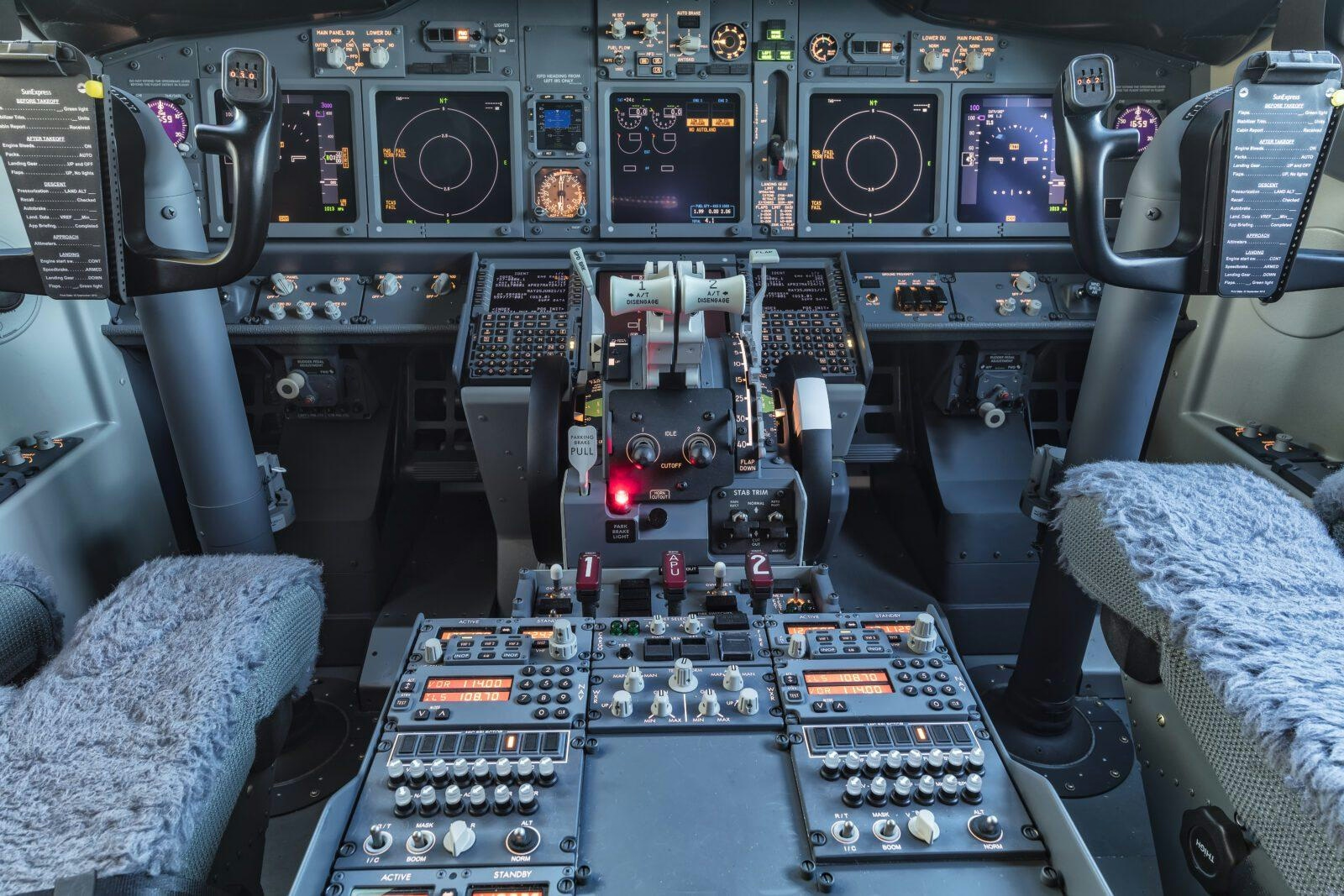
Investigators Examine Theory That Cockpit Sun Visor Caused Boeing 737 Engine Shutdown After Takeoff

Comparing the Fuselage Lengths of the Airbus A350-1000 and Boeing 787-10
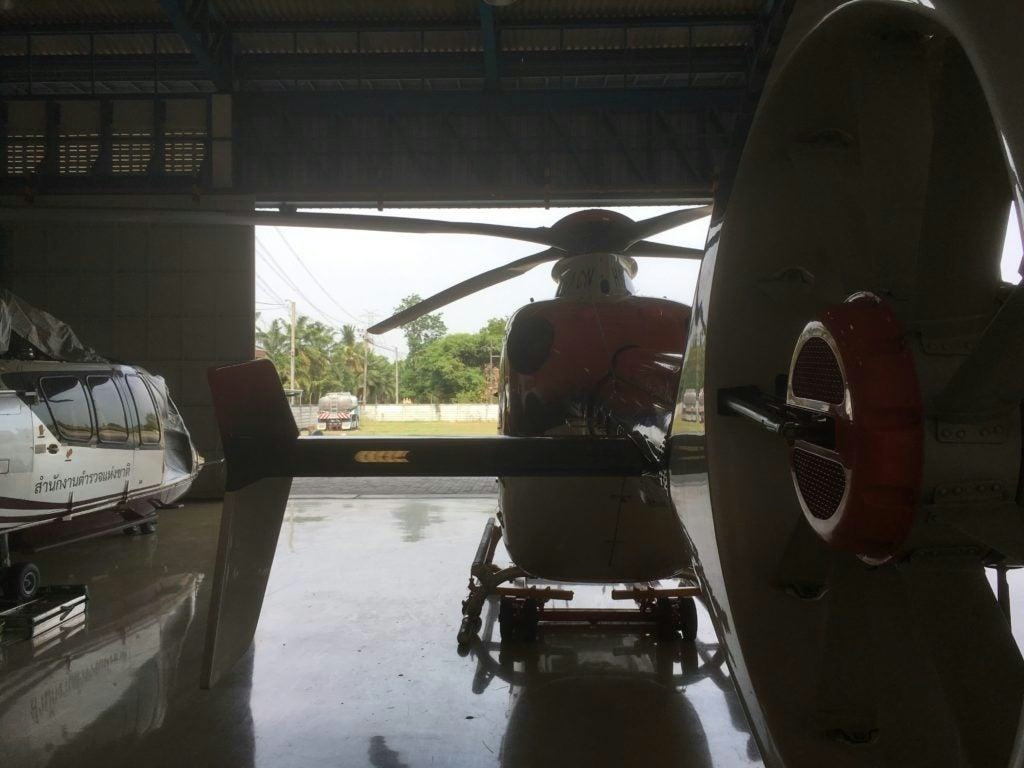
Thailand Establishes U-Tapao Aircraft MRO Center Contract for January 2026
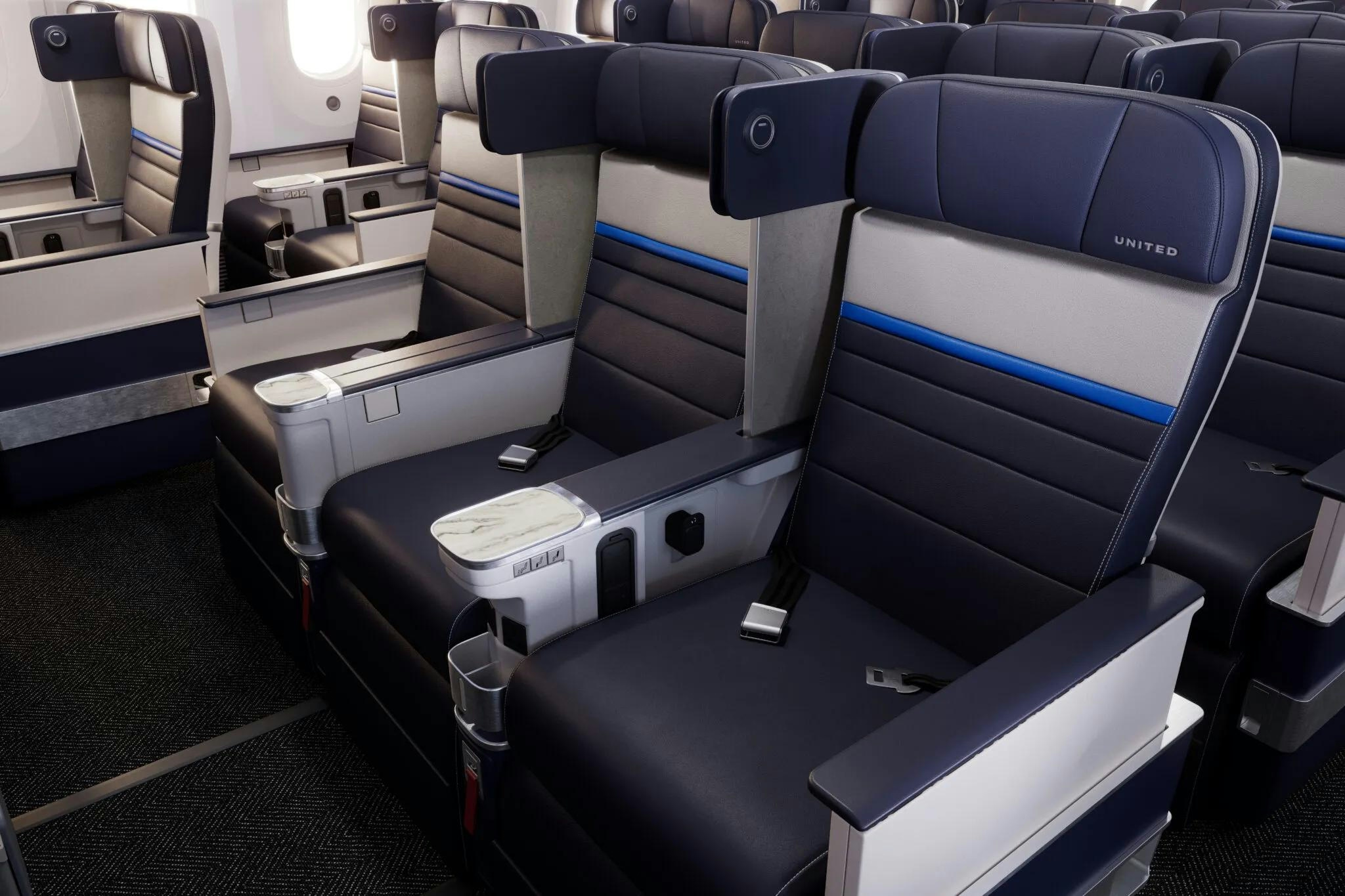
United Airlines Announces Routes for New Premium Boeing 787s
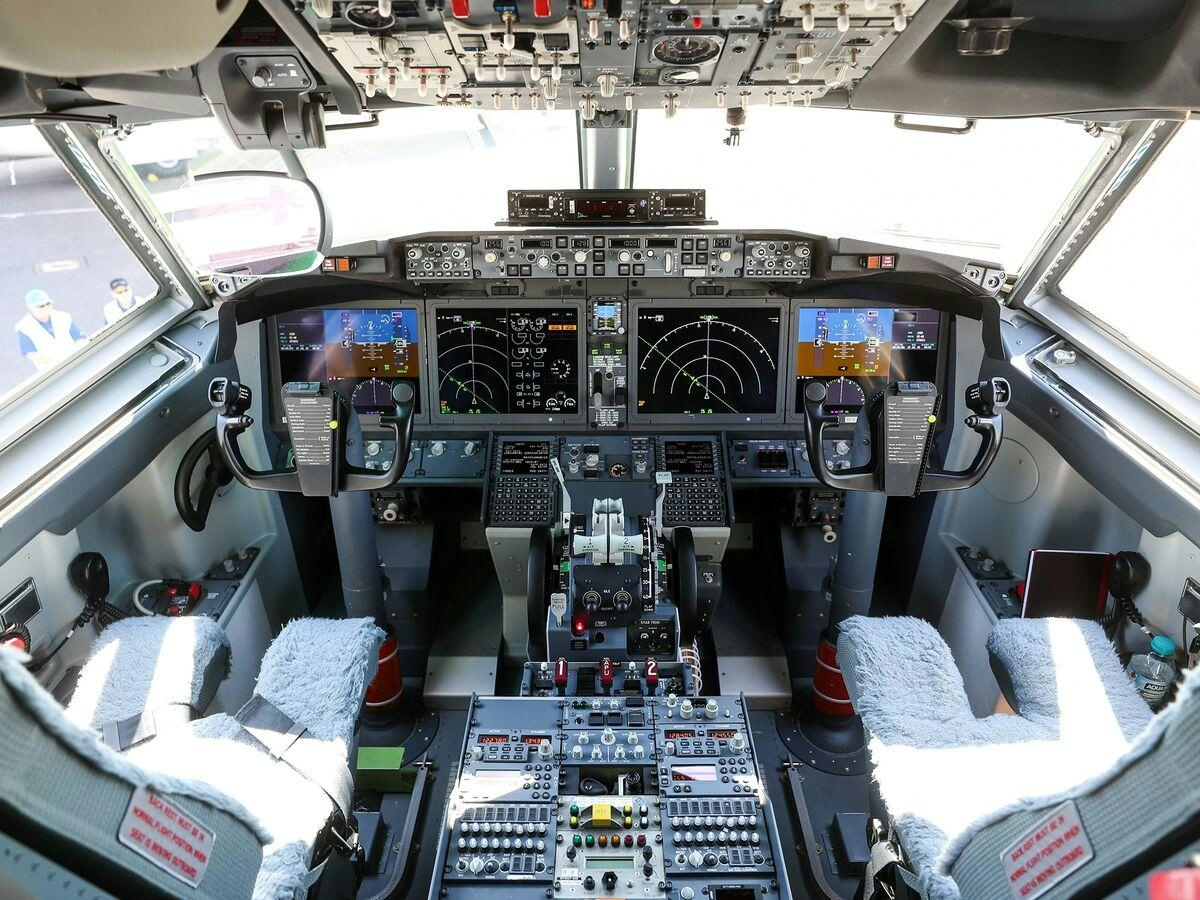
Boeing Introduces Remote Co-Pilot Technology
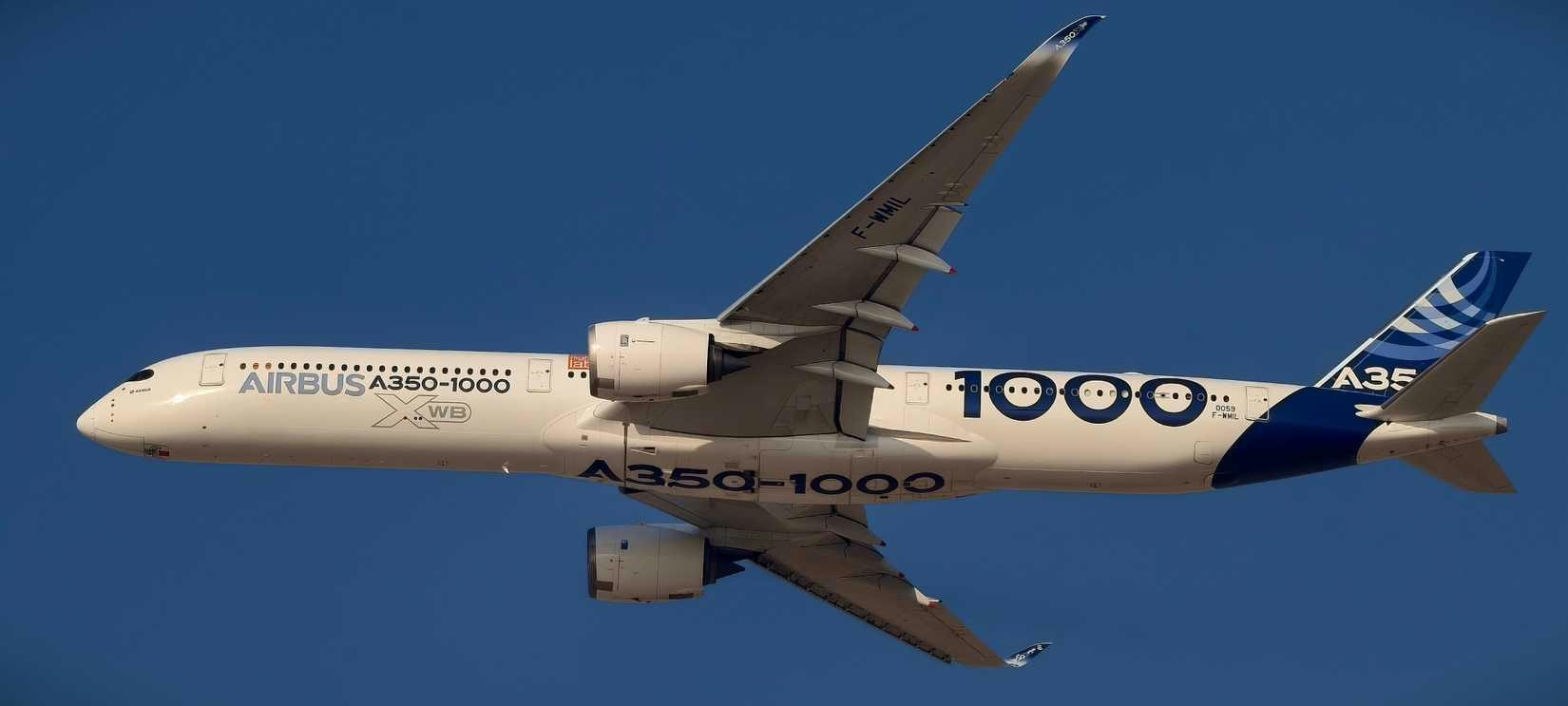
The Airbus A350-1000’s Fuel Efficiency Advantage Explained
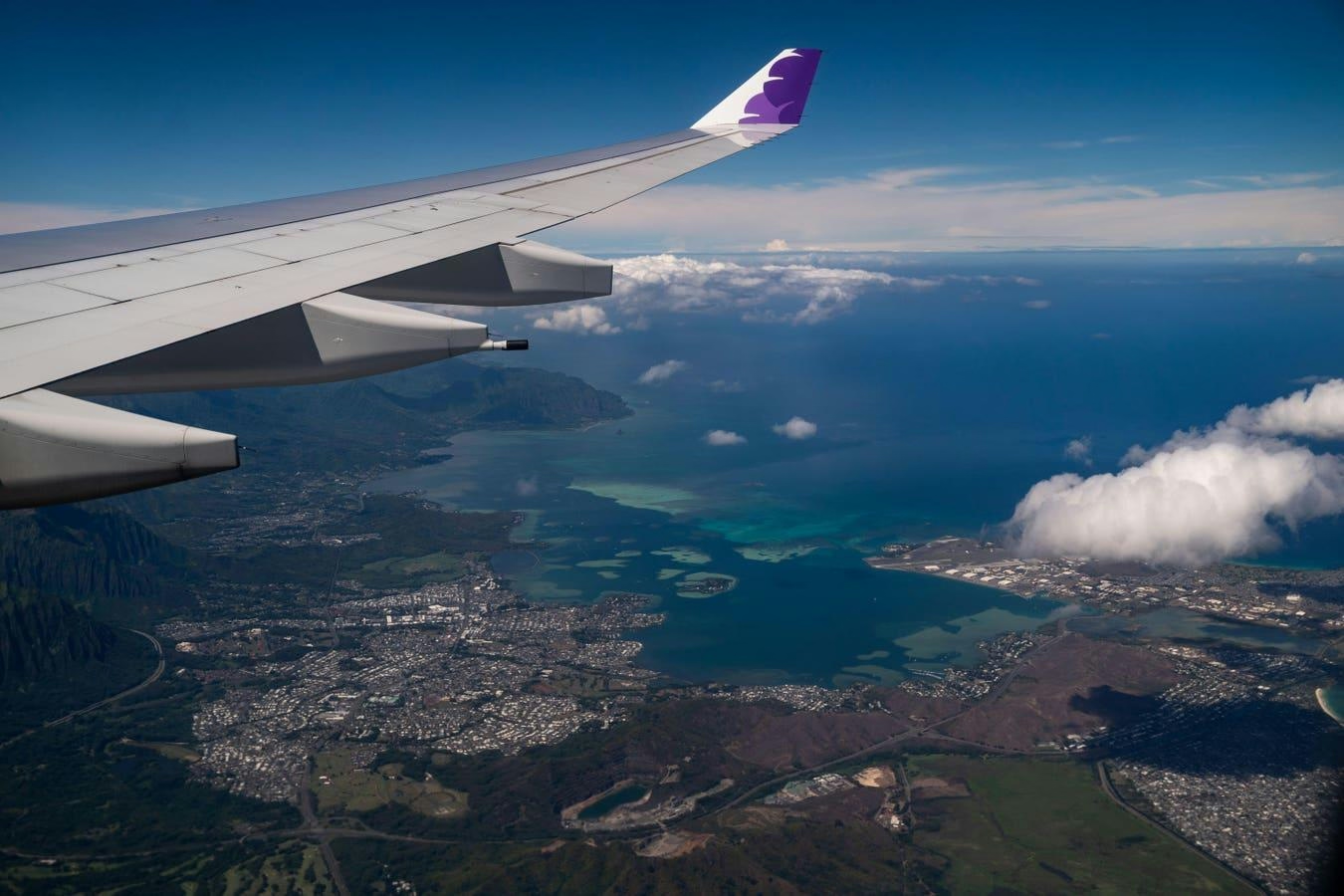
McNally Capital Expands Aviation Operations to Support Global Tourism

Two Young Climbers Begin Winter Ascent of McKinley

Elroy Air’s Autonomous Chaparral Delivers Lunch on A-to-B Flight
